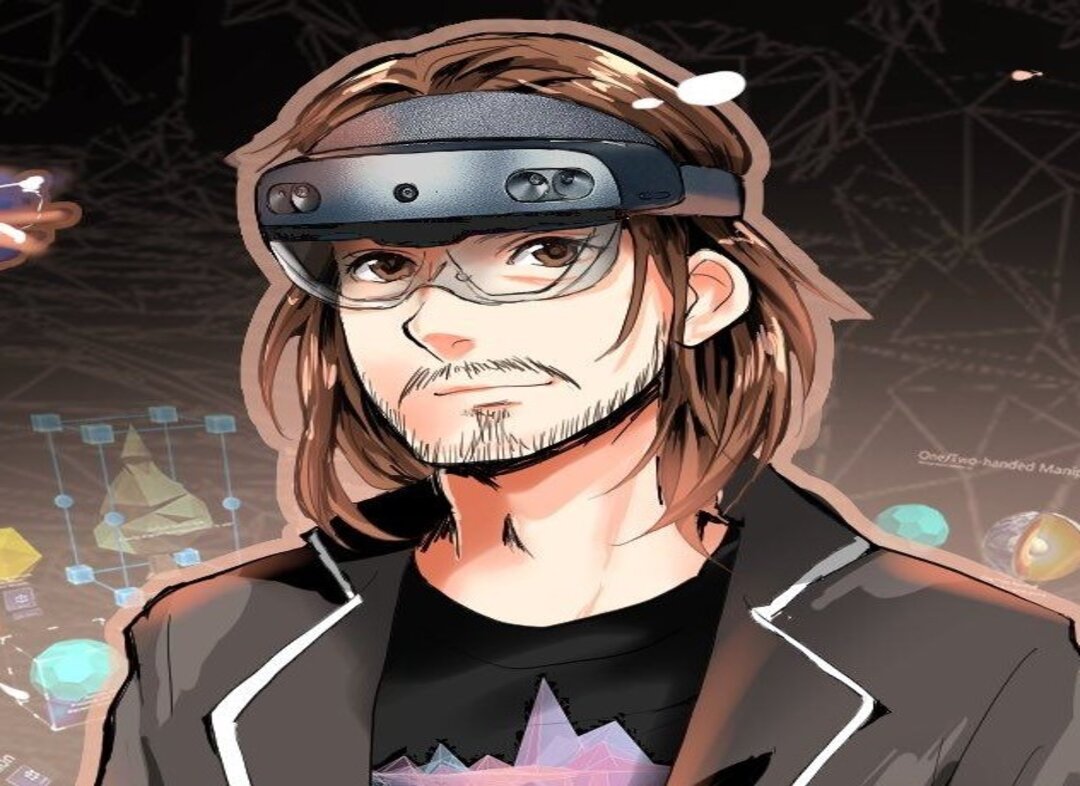
VR technology is an immersive technology that allows users to experience and interact with computer-generated environments in a simulated, three-dimensional (3D) space. By wearing a head-mounted display (HMD) and utilizing various sensory devices, individuals can be transported to virtual worlds that stimulate their senses and create a sense of presence and immersion. In this article, we explore the concept of virtual reality, its components, and its applications across different industries.
Defining Virtual Reality
Virtual reality is a computer-generated simulation of a real or imagined environment that users can interact with and explore. It is designed to create a convincing and immersive experience by stimulating multiple senses, including sight, hearing, and sometimes touch. Through advanced technology, virtual reality seeks to transport users to artificial worlds where they can feel as if they are physically present and interact with their surroundings.
Components of Virtual Reality
The head-mounted display is a key component of virtual reality. It is a wearable device worn on the head, covering the eyes and sometimes the ears, to provide a visual and auditory experience. HMDs typically consist of two small screens displaying synchronized images for each look. They may also include built-in speakers or headphones to deliver spatial audio, enhancing the immersive experience.
Tracking systems monitor the user’s movements and gestures to enable interaction within the virtual environment. These systems capture the position and orientation of the user’s head and sometimes their hands or body. By tracking these movements, virtual reality systems can update the visual and auditory cues presented to the user, ensuring a seamless and responsive experience.
Input Devices
Input devices are used to control and interact with virtual reality environments. These devices range from handheld controllers with buttons and triggers to more advanced motion controllers that track the user’s hand movements in 3D space. Some virtual reality systems also incorporate gesture recognition, voice commands, or even full-body tracking suits for more immersive and natural interaction.
Gaming and entertainment have been among the most popular applications of virtual reality. Virtual reality gaming allows players to enter virtual worlds and experience games more immersive and engagingly. By placing the player at the center of the action, virtual reality adds a new level of depth and realism to gaming experiences, making them more thrilling and captivating.
Training and Simulations
VR technology has proven to be an effective tool for training and simulations in various industries. For example, virtual reality can simulate realistic scenarios and environments in aviation and military training, allowing trainees to practice critical skills in a safe and controlled setting. Similarly, healthcare professionals can use virtual reality to practice surgical procedures or simulate complex medical situations.
Virtual reality has the potential to transform education by providing immersive learning experiences. Through virtual field trips, students can explore historical sites, visit famous landmarks, or travel to distant planets without leaving the classroom. This interactive and engaging approach to education enhances understanding and retention of information, making learning more enjoyable and effective.
Architectural Visualization and Design
Architects and designers can utilize virtual reality to visualize and present their designs. By creating virtual environments, clients can experience architectural projects as if they were walking through them. This enables better communication, as clients can provide feedback and make decisions based on their virtual experience. It also helps identify design issues early on, reducing costs and improving the final result.
Challenges
While virtual reality has made significant advancements, there are still challenges to overcome. One of the main challenges is the need for high-quality, realistic content that can fully utilize the capabilities of virtual reality systems. Developing compelling and immersive experiences requires expertise in both technology and storytelling.
Another challenge is the issue of motion sickness or simulator sickness, which some users may experience when using virtual reality. Continued research and technological advancements aim to minimize these discomforts and improve the overall user experience.
Future Developments
In the future, we can expect virtual reality to become more accessible and affordable as technology evolves. Advancements in display technology, processing power, and wireless connectivity will drive the development of more compact, high-resolution, and untethered VR devices. Additionally, integrating other emerging technologies, such as augmented reality (AR) and artificial intelligence (AI), will further expand the possibilities and applications of virtual reality.
Virtual reality has emerged as a transformative technology, offering immersive experiences that captivate and engage users across various industries. With its ability to transport individuals to virtual worlds, VR technology has opened up new avenues for entertainment, education, training, and healthcare. As technology continues to evolve, the potential for virtual reality to revolutionize industries and enhance human experiences is boundless. Virtual reality can transport us to new realms and unlock the extraordinary.